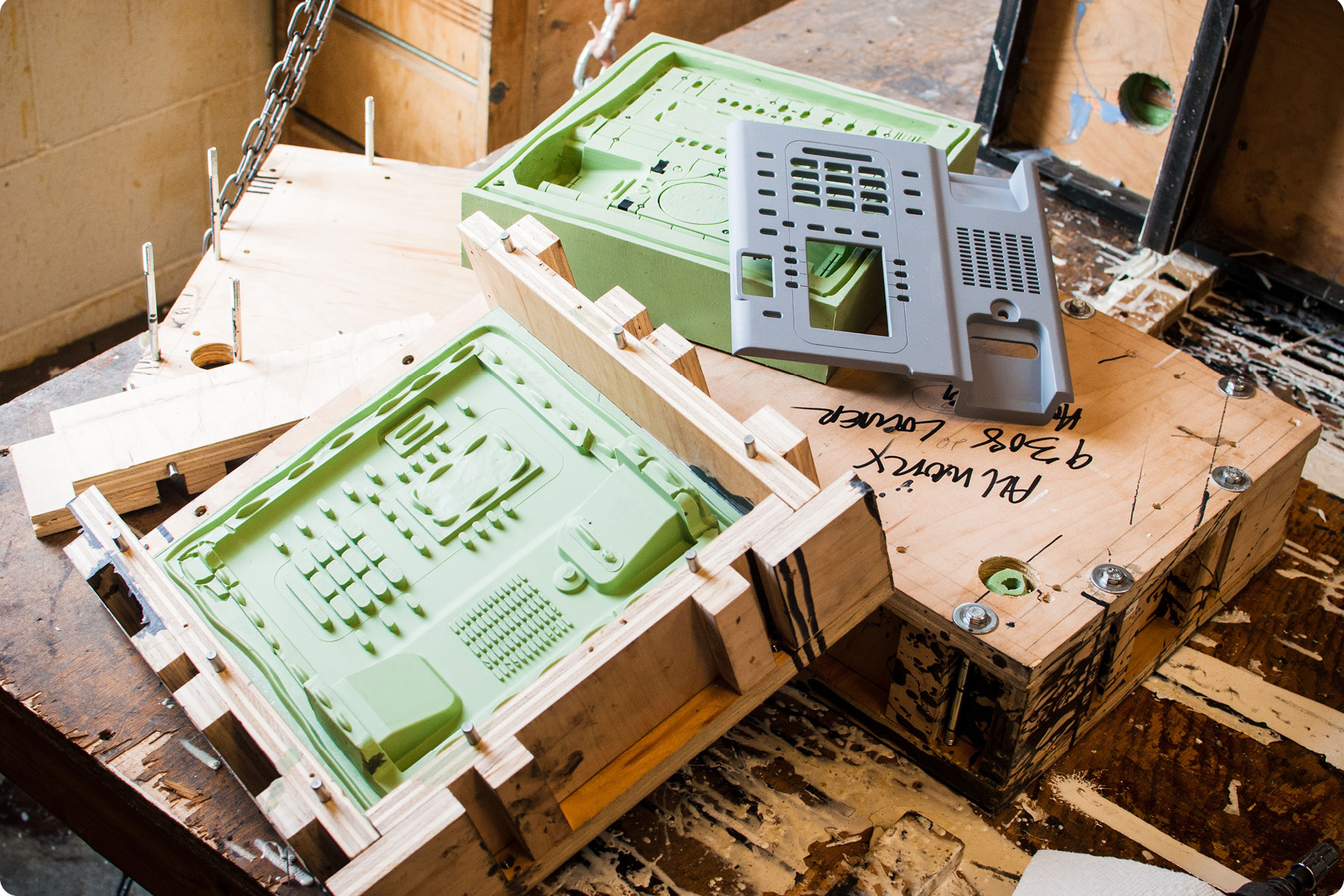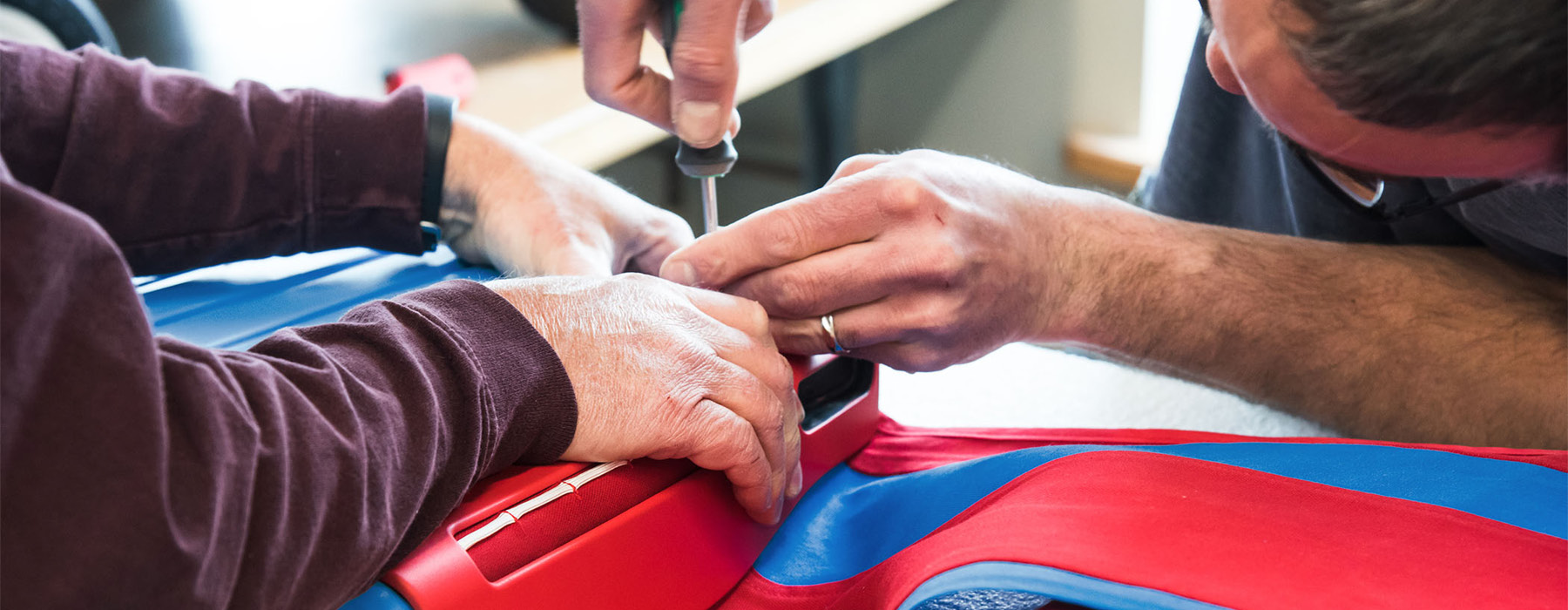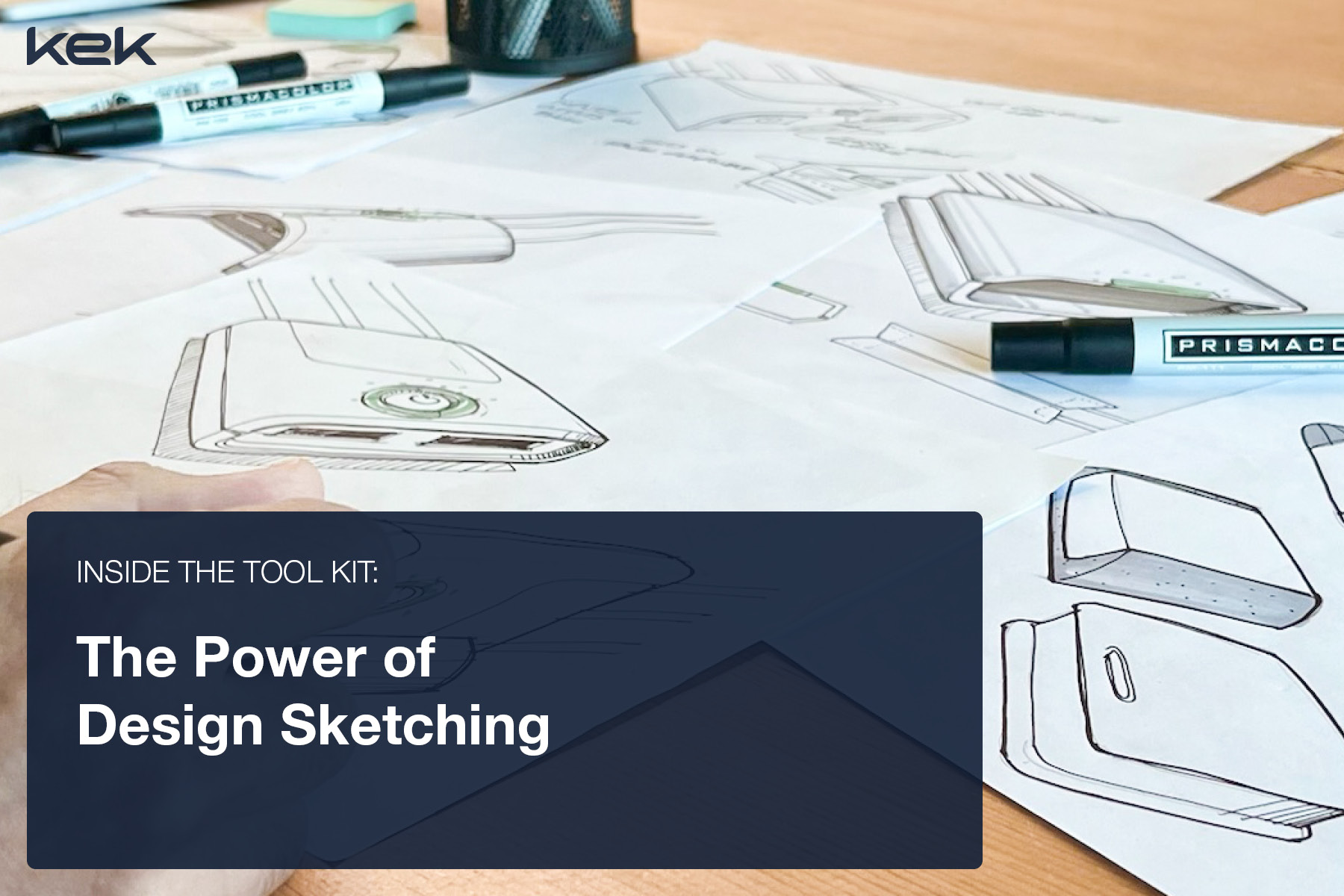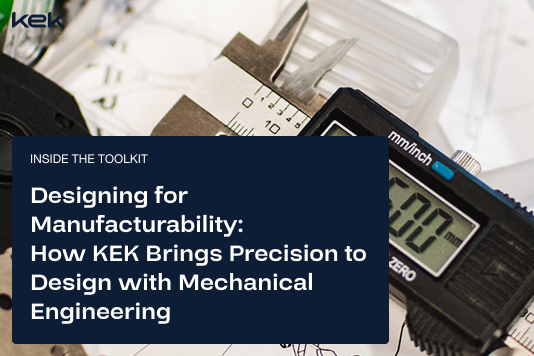Physical prototyping in product design is the process of building real, tangible models to test form, function, and usability — turning ideas into experiences that can be held, shared, and refined. At KEK, every tool in our process serves a purpose, but few are as transformative as the prototype. While ideation fuels creativity and research grounds our ideas in real-world needs, prototyping brings it all to life. Physical prototyping is a vital, tactile step in our design process, powered by our in-house model shop.
What Is Prototyping, Really?
Prototyping isn’t just a preview of the final product, it’s a tool for discovery. At KEK, prototyping means building something real, with our hands, to test form, function, scale, ergonomics, and emotion. Whether it’s a simple foam core study or a fully detailed functional appearance model, each prototype is built with a purpose: to learn something we couldn’t by looking at a screen.
Our focus is squarely on physical prototyping because real-world problems deserve real-world testing. A model in your hands reveals things a rendering never could.
Getting Physical Fast:
Prototyping is embedded in nearly every phase of our process. Early on, we build rough models to test ideas quickly and explore possibilities. As we hone in on a direction, our prototypes grow more refined, helping us dial in everything from ergonomics to surface finishes.
This iterative, hands-on approach helps us identify what works, and what doesn’t, long before anything reaches production. Our model shop allows us to move seamlessly from sketch to shape.
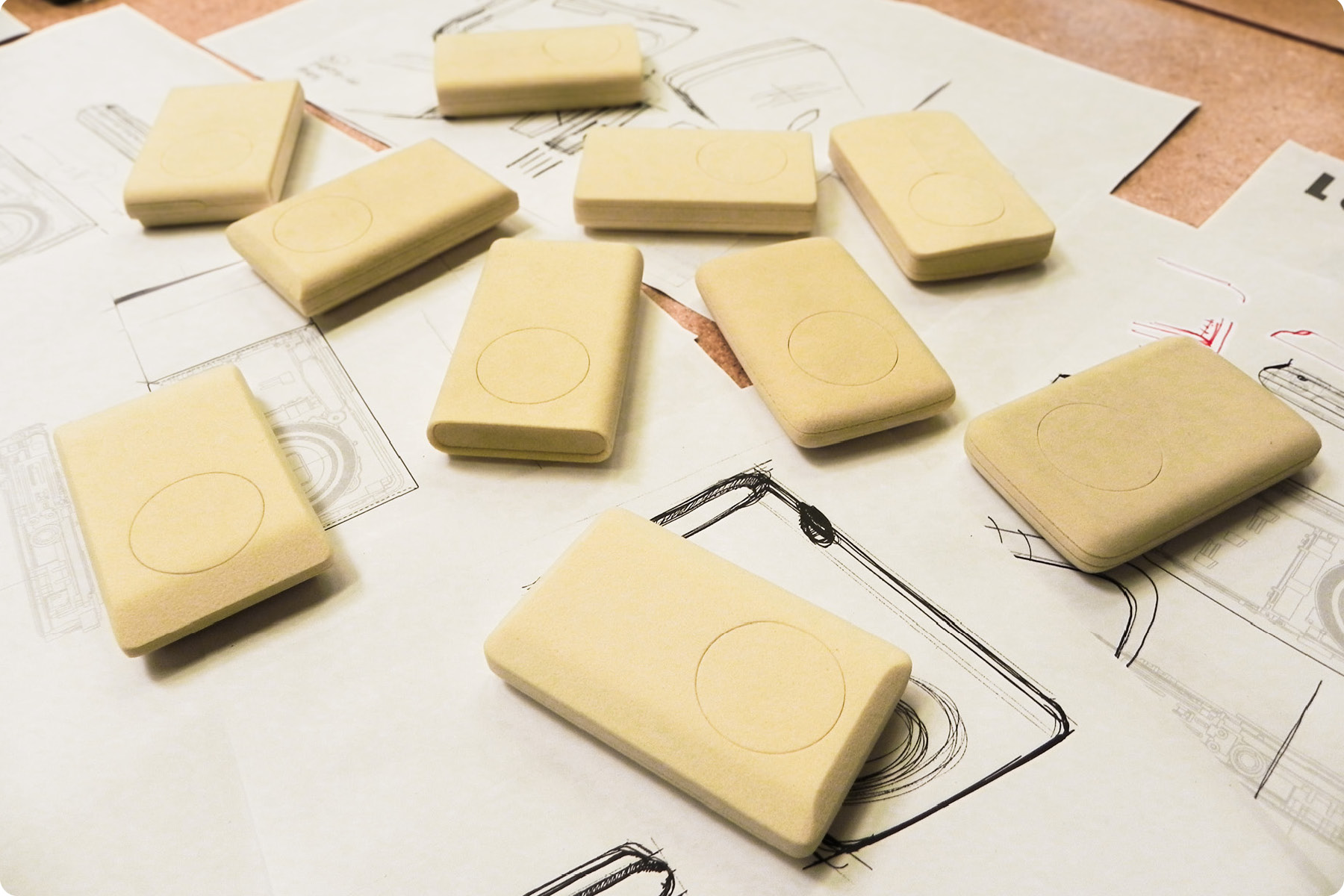
Learning Through Making:
At KEK, we see each prototype as an opportunity to learn and improve. Physical models reveal insights that sketches and CAD often can’t, how something feels, fits, or functions in real space.
It’s even common for us to use prototypes to validate our design assumptions. In one recent project, we were developing an electronics enclosure with specific heat dissipation requirements. While our engineering team ran digital thermal simulations, it wasn’t until our model shop CNC’d a physical prototype that we could fully test and confirm the performance of our heat sink design, and determine whether any adjustments were needed.
Prototypes That Spark Conversation:
Nothing aligns a team faster than holding the same object. Our physical prototypes become shared reference points, not just for designers, but for engineers, clients, and users. They make abstract ideas concrete and spark honest, productive feedback.
We often bring early models into client meetings not to show perfection, but to show progress. The conversations and feedback that follows are more focused, more collaborative, and more insightful.
Rapid Prototyping, Zero Bottlenecks:
One of KEK’s greatest strengths is our in-house model shop; purpose-built for speed, precision, and iteration. Having everything under one roof means we can move from design intent to physical prototype without delay, keeping momentum high and communication constant between teams.
Our shop is equipped to handle a wide range of prototyping needs, from quick form studies to highly refined appearance and function models. Capabilities include urethane casting, thermoforming, and advanced multi-axis CNC machining for materials like foams, plastics, and metals. We also operate a full paint booth, allowing us to control finish quality and create presentation-ready prototypes in-house.
Having everything under one roof, doesn’t just streamline the process, it elevates the work. Designers, Engineers, and Model Makers collaborate in real time, testing assumptions, refining details, and moving projects forward with confidence and clarity.
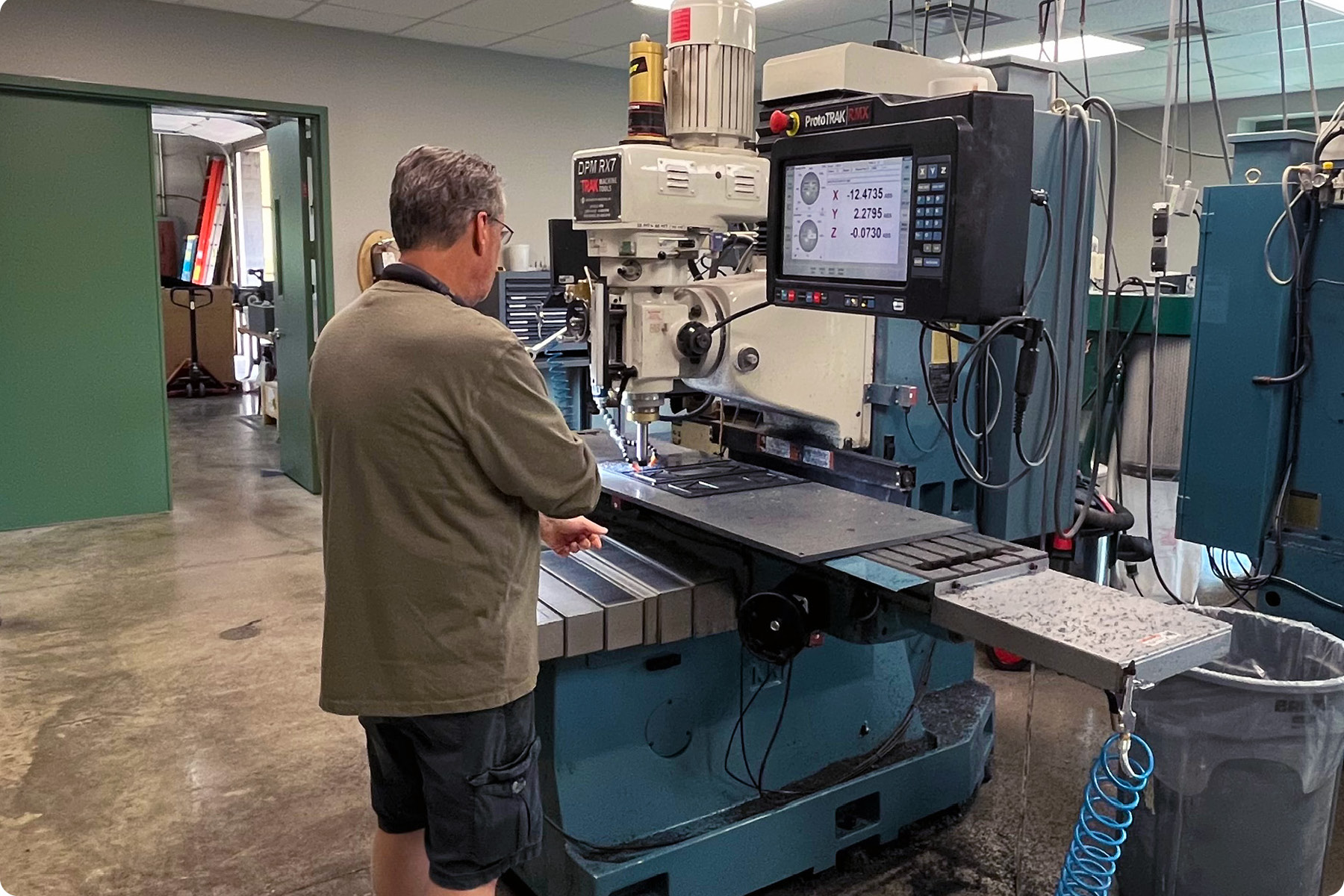
Frequently Asked Questions About Physical Prototyping
What is physical prototyping in product design?
Physical prototyping is the process of creating tangible models of a product to test form, function, ergonomics, and usability. Unlike digital renderings, physical prototypes reveal insights about scale, fit, and performance in real space.
Why is prototyping important in product development?
Prototyping reduces risk by uncovering design issues early, validating assumptions, and sparking collaboration. It helps teams align faster, accelerates decision-making, and ensures products are functional and manufacturable before reaching production.
What is the difference between rapid prototyping and traditional prototyping?
Rapid prototyping uses advanced tools like CNC machining, urethane casting, and thermoforming to quickly produce models for testing and iteration. Traditional prototyping may take longer and involve more manual fabrication, but both serve the purpose of learning through making.
What prototyping services does KEK Design provide?
KEK Design’s in-house model shop offers rapid prototyping, functional appearance models, CNC machining for plastics and metals, thermoforming, urethane casting, and full finishing capabilities. This allows us to deliver everything from rough form studies to presentation-ready prototypes without bottlenecks.
Final Thoughts
Prototypes aren’t the end of the journey, they’re the engine that drives it forward. They help us move faster, make smarter decisions, and design with confidence. At KEK, prototyping is how we turn insights into action, and ideas into experiences.
For our clients, this means fewer surprises, faster development cycles, and a product that’s been tested and refined before ever reaching production. Prototyping is how we help teams learn faster and design smarter. If you’re looking for a partner who can provide rapid prototyping in product design, reach out to start a conversation with us.
